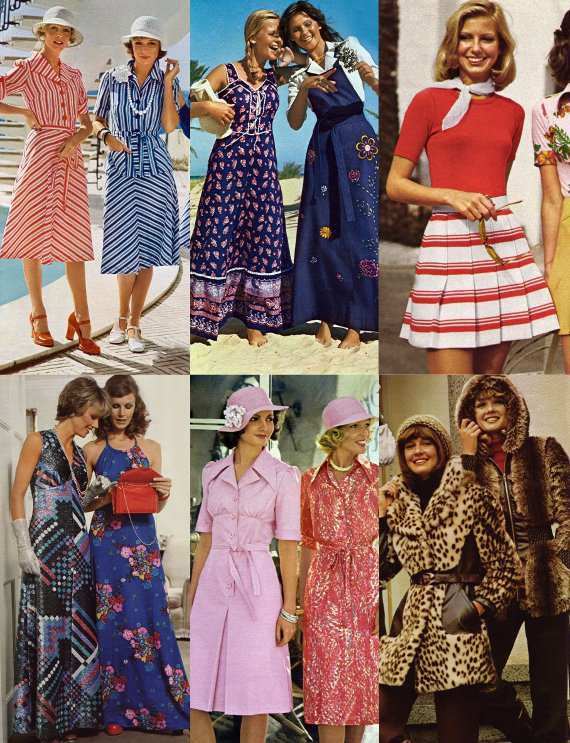
I've always been a fan of vintage. Almost every vintage clothing, although old, has much better value than our garments today. So it is really important to pay a little attention to some details before buying a vintage item.
These are the list that I think you should look for before buying a vintage item and be sure to examine the item carefully in good light:
Fading - Check for fading, turn the item inside out and examine the seams. The color on the seams is more likely to be darker in shade. If the fading is just a little or totally even on the outside of the garment, then the item should be good enough to buy.

Wear and Tear - Check collars, armpits, knees, elbows, backsides, hems, and cuffs for extreme wear as these are the parts that suffer the most stress.
Tearing - Tearing in any other area apart from the seams of the garment are permanent and not always easily covered. Use caution when buying an item with known tears.
Stains - Some stains on vintage clothing are still possible to get rid of, particularly to those recent ones. Stains from mildew and perspiration are permanent.
Loosening, Sagging and Stretching - Well worn vintage clothes are more likely to sag or stretch from wear and tear compare to garments produced today. So try to put the item on to find out if such wear is noticeable wearing it. Wear in some garments may even improve the fit, in others; it may make the item look overused so examine carefully.
Deterioration - Fiber deterioration is common in old garment pieces made from natural fibers like wool, silk, cotton, etc. Try to look for signs of deterioration but it should be just fine if the deterioration is still tolerable.
Moth Holes - Moth holes are permanent in almost any cases. Moths like dark colors, so be sure to carefully check garments that are darker in color. If there's any moth damage, use caution depending on the location and the extent of damage. If you chose to buy an item with moth damage, be sure to wash it in hot water immediately to avoid any moth larvae from damaging the rest of your garment.
Odors - Vintage clothing, particularly from thrift stores may not have been washed for some time, so there will likely be some sort of odor on them. With a fine wash, that odor should reduce or disappear. Just be certain to use the right cleaning method for the garment's age and fabric.
Mildew - All signs of mildew are permanent. Do not purchase a garment with any sign of mildew damage.
Decorative Pieces - Pay special attention to any garment with sequins, appliqué, beading, lace or embroidery. Make sure decorative details are securely attached and are not missing any undesirable amount of pieces.
More information , please visit :





